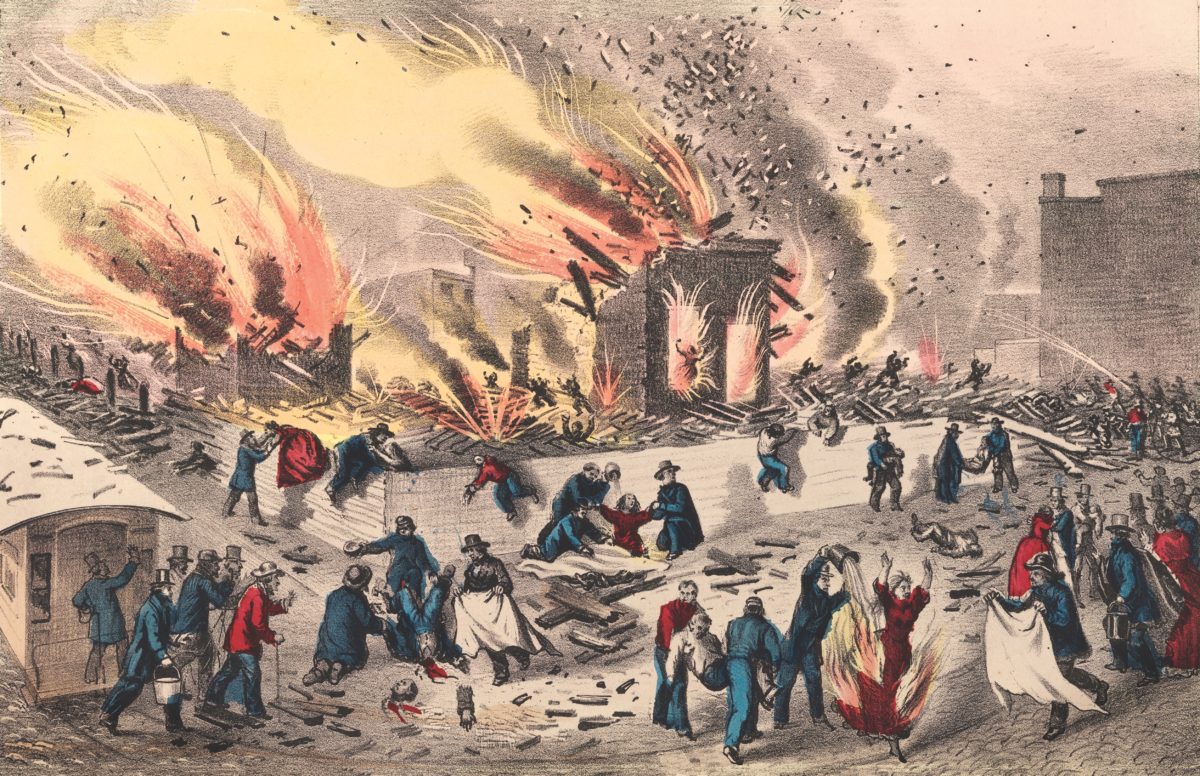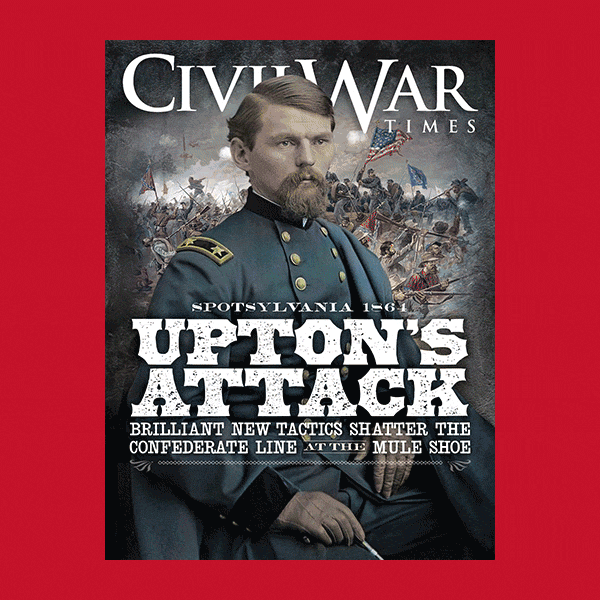At about 8:45 a.m. on March 29, 1862, neighbors of Professor Samuel Jackson’s fireworks-turned-munitions factory heard a low rumble like the sound of distant thunder. Then came the roar of an explosion, followed by an even louder blast, as gunpowder and cartridges ignited in the south Philadelphia factory across the street from a prison.
Many of the 78 factory workers, mostly women and girls, never had a chance to escape the conflagration. Jackson’s 23-year-old son, Edwin, was among the 18 employees who died. Dozens of survivors suffered from burns or other injuries in the catastrophe—the war’s first munitions factory accident involving a major loss of life.
Other more deadly—and more well-known—munitions industry explosions rocked the home fronts during the Civil War.
On September 17, 1862—the same day as the Battle of Antietam—78 workers, mostly women, died in an explosion at the Allegheny Arsenal near Pittsburgh. And, on June 17, 1864—a sweltering day in the U.S. capital—21 women and girls died in an explosion at the Washington Arsenal. Most victims were young Irish immigrants. President Lincoln and Secretary of War Edwin Stanton attended their huge, public funeral.
The Confederacy wasn’t immune to these disasters. On March 13, 1863, a massive blast at a Richmond munitions factory on Brown’s Island, in the James River, resulted in 64 deaths. The factory employed about 600 workers, roughly half women or girls.
But bigger stories pushed the tragedy at Jackson’s factory in Philadelphia—as well as deadly munitions industry explosions in Hazardville, Conn.; Springfield, Mass.; and Jackson, Miss.—to the margins of history. Each calamity underscored dangers faced by civilians supplying their military forces during an era of few safety regulations and standards.
“It is a solemn and terrible warning to those working in similar establishments,” a New York newspaper wrote after the Philadelphia disaster, “and we trust that its effect will be to make [munitions workers] more careful of their own safety by the strict observance of those cautions, the neglect of which may consign hundreds to untimely graves and carry suffering and desolations into many homes.”
Like a scene from an Edgar Allan Poe horror story, dazed, burned, and blackened survivors stumbled from the flaming and smoking ruins of Samuel Jackson’s factory on Tenth Street. Others writhed in agony. Several female victims, “their clothes all aflame,” ran about “shrieking most pitifully.”
Heard a great distance away, the explosions shattered windows, damaged shutters and sashes, blew doors off hinges, wrecked plaster, and toppled furniture in nearby homes. A blast tossed a man cleaning a lamp in front of a tavern headfirst through a doorway. He survived, but the lamp was “broken to atoms.” The explosions even rattled inmates in gloomy Moyamensing Prison—the castle-like structure nearby where Poe supposedly slept off a drinking spree years earlier.
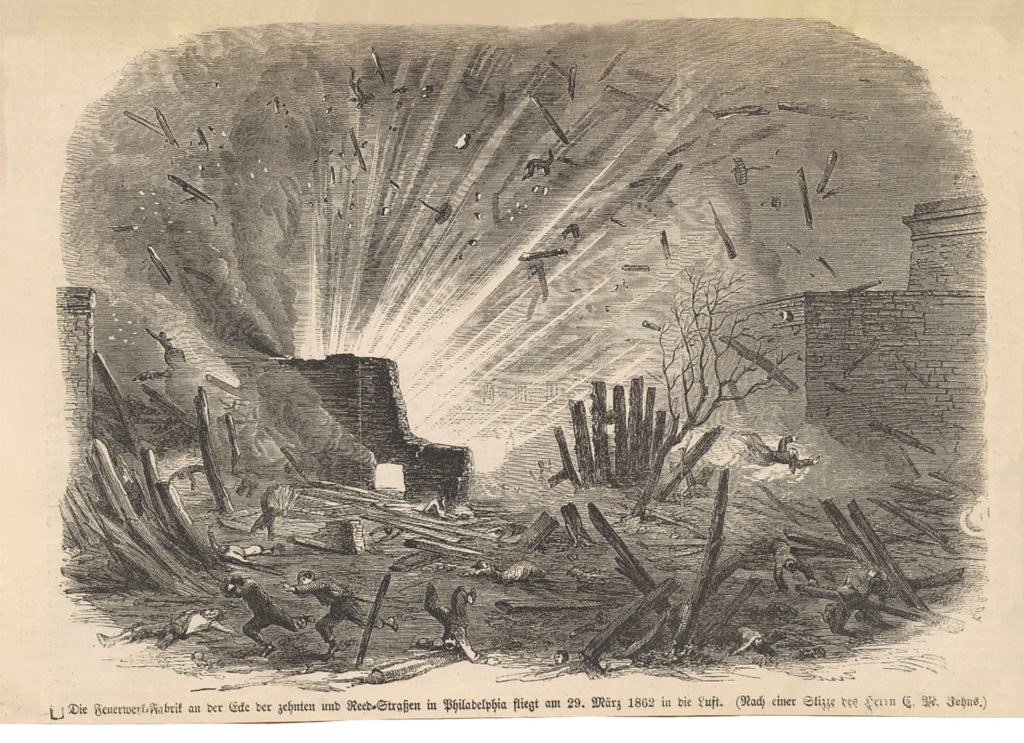
After the war broke out, the U.S. government had contracted Jackson to make “Dr. Bartholow’s solid water-proof patent cartridges,” a “peculiarly made” ammunition for cavalry pistols. In the three weeks prior to the accident, Jackson—a 45-year-old pyrotechnics wizard—was under intense pressure to produce cartridges for the Army of the Potomac.
The factory, which produced thousands of cartridges a day, consisted of frame structures and a one-story, brick building about 10 x 12 feet. Boards covered a powder magazine, “merely a large hole dug in the ground.” In moulding and finishing rooms, Jackson stored thousands of completed cartridges. Elsewhere in the tight quarters, workers stashed thousands of pounds of black powder loosely and in kegs.
After the explosions, hundreds of curiosity-seekers rushed to the site, followed by firefighters, who extinguished the blaze. Alerted by telegraph, the mayor soon arrived with the police chief. The city had not seen such an “intense state of excitement,” the Philadelphia Press reported, since a huge fire at the Race Street wharf in 1850.
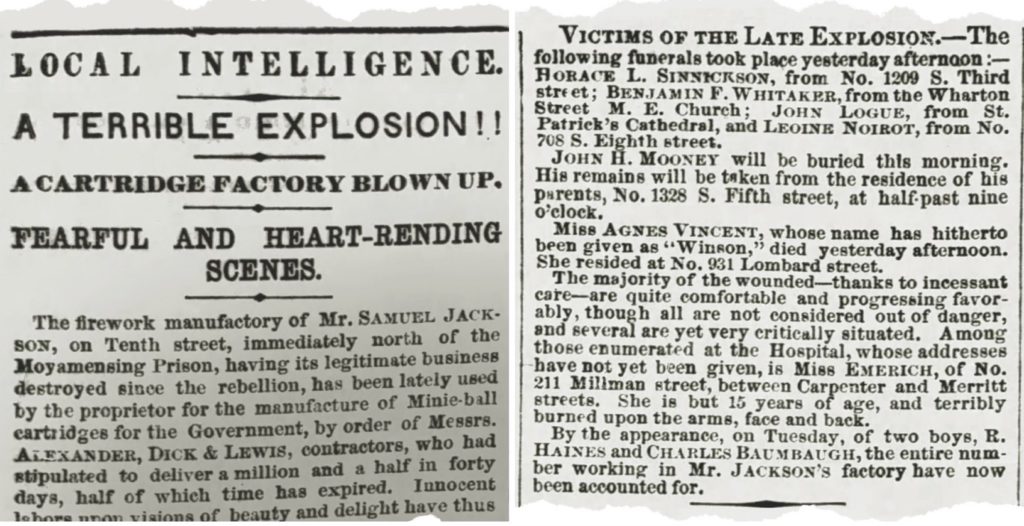
Frantic parents and friends of factory workers searched for loved ones among the crowd or in the ruins—“looking shudderingly,” the Philadelphia Inquirer reported, “among the fragments of clothing which still clung to the almost quivering remains of the mutilated dead.” Responders commandeered milk and farm wagons for use as ambulances. To keep gawkers at bay, police roped off the scene.
Some injured received care in nearby tenements, but most were sent to the city’s Pennsylvania Hospital. Several suffered from bullet wounds from exploding cartridges. A young white worker, severely burned and covered with soot, was taken to the segregated hospital’s area for Black patients. “… it was some time,” the Inquirer reported, “before the mistake was discovered and rectified.” He died the next day.
At least five of the victims were teenagers; one was 12. When the blast rocked the building, 14-year-old John Yeager was carrying a box of bullet cartridges that also exploded, knocking out his eyes. His sister, Sarah, also was hurt. Both had helped to support a widowed mother.
Twenty-two-year-old Richard Hutson spent the last hours of his life at the house of Margaret Smith, who lived on Wharton Street, near the factory. His face was as “black as a man’s hat” because of severe burns. “He seemed to be troubled with the idea that he had caused the mischief,” recalled Smith, “but we tried to comfort him.”
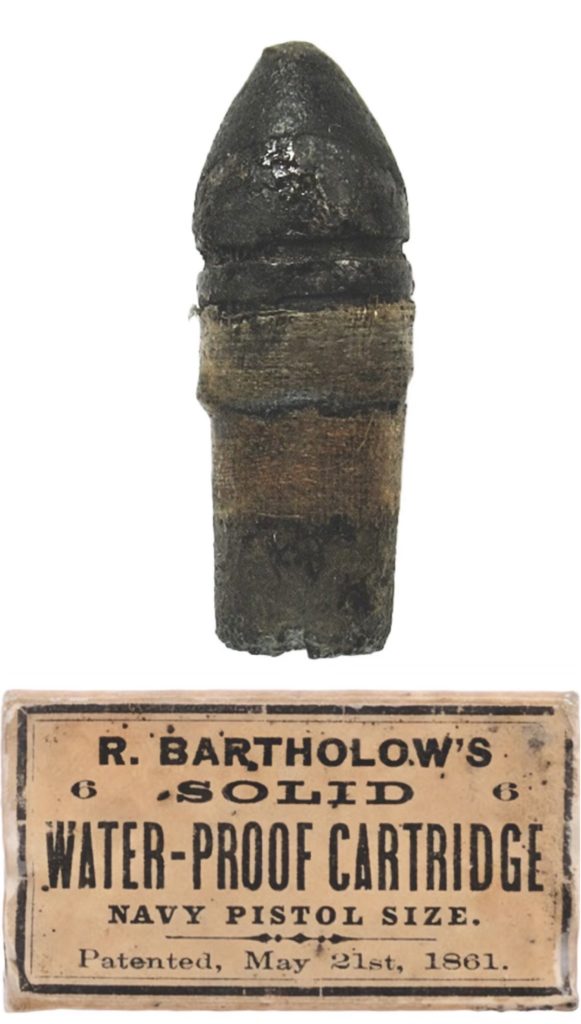
The tragedy rocked widows Margaret Brown and her sister, Mary Jane Curtin. Five of Brown’s children who worked in the factory were badly injured. Blown across the street into a wall of Moyamensing Prison by the blast, Curtin—the superintendent of children at the factory—somehow escaped physical injury. But three of her children, also munitions workers, suffered severe burns. Curtin also lost the $60 in gold she carried.
Rescuers discovered Edwin Jackson’s body, “shockingly burned and mutilated,” among charred ruins. The previous evening, he had said he was unafraid of any explosion there. Samuel Jackson’s daughters, 20-year-old Josephine and 18-year-old Selina, also suffered terrible burns.
Heroes emerged to aid the sufferers: A woman cut her shawl in two, wrapping the pieces around two “half-naked” victims. A court officer put his coat around a burning girl, putting out the flames; and a U.S. Army cavalry officer, who happened to be riding past the factory, picked up a horribly burned victim and dropped him off at a drug store for medical aid. When the soldier returned to his camp, he found a detached hand in his carriage.
The catastrophe brought out the worst in people, too. Scoundrels snatched clothes from a woman’s explosion-battered tenement on Austin Street, a block or so from the blast. A ragpicker offered fragments of clothes from the explosions for 25 cents.
When two victims sought aid at a residence in the neighborhood, the lady of the house indignantly slammed the door in the women’s faces, telling them she “did not keep a house for working girls to enter.” The local newspaper chastised the door-slammer: “Was the woman insane, or a fiend, or was it merely an instance of what utter vulgarity is capable of?”
Other grisly discoveries put an exclamation point on the horror show. Blood streaked the walls of houses in the vicinity. A cheek stuck to a building on Tenth Street. A portion of a thigh plopped in a yard, near where it left a bloody mark on the wall of a tavern. A severed arm hit a woman in the head, knocking her down, and a scorched and fractured skull with gray hair landed in the street.
“Heads, legs and arms were hurled through the air, and in some instances were picked up hundreds of feet from the scene,” the Inquirer reported. “Portions of flesh, brains, limbs, entrails, etc. were found in the yards of houses, on roofs and in the adjacent streets.” A policeman filled a barrel with human remains.
In the ghastliest news from this awful day, a man told a reporter that he saw a boy going home with a human head in his basket. The lad said it was his father’s.
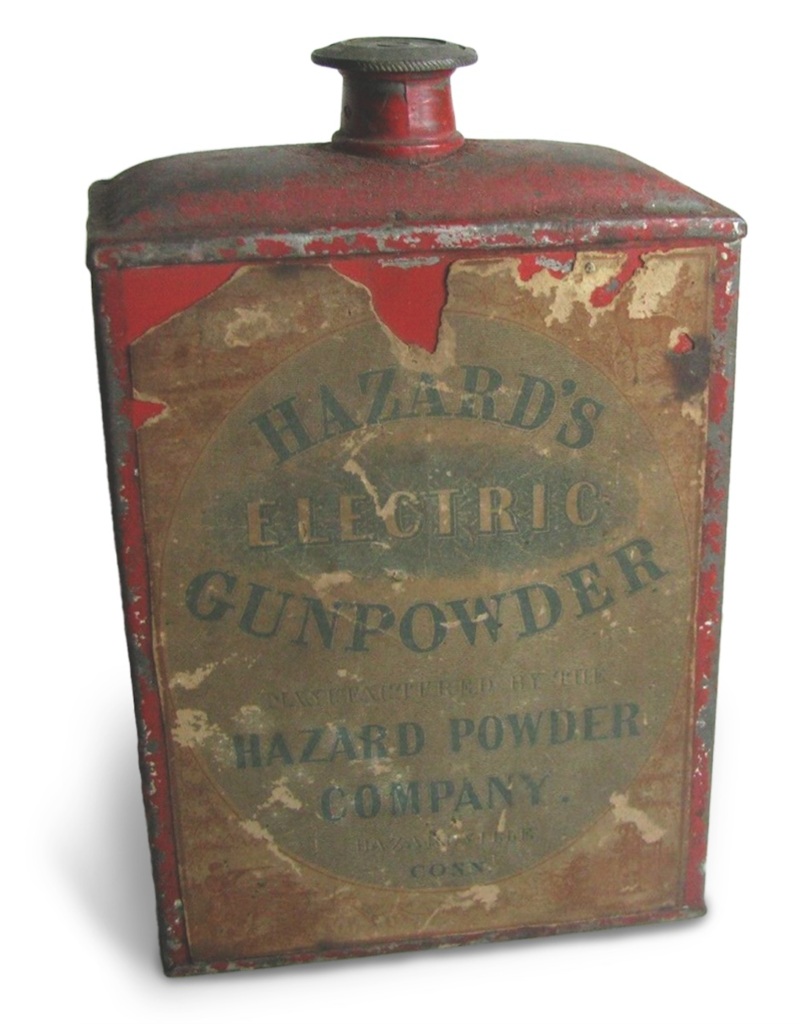
Two days after the disaster, hundreds of people sought admission to Pennsylvania Hospital to check on the injured. “Such a rush to this institution,” the Press wrote, “was never before known.”
Authorities worked quickly to determine the cause of the explosions. The fire marshal convened a coroner’s jury, which examined mangled remains of victims at the First Ward police station, among other grim duties.
The day after the disaster, the six-person jury also stopped at the home of Jackson, who wasn’t present at the disaster. Before Edwin’s burial in Odd Fellows Cemetery, the jury examined his battered body in Jackson’s Federal Street house.
The fire marshal concluded the first explosion occurred in the moulding room, where the strike of a mallet may have caused the spark that set off a 30-second chain reaction of death and destruction. But he couldn’t know for sure—all the witnesses in that area were dead or too badly injured to aid the investigation.
The jury determined the detonation of a scale of dry powder caused the catastrophe. “[M]any obviously essential precautions to prevent [the] accident,” it concluded, “seemed to have been entirely neglected.” But authorities never charged anyone with a crime.
Weeks later, Jackson’s factory re-opened in nearby Chester, Pa., along the Delaware River. Black powder for the operation was stored on a boat offshore, a safe distance from the factory. Despite the deadly south Philadelphia accident, Samuel Jackson had no trouble employing female workers, who made only 40 cents per thousand cartridges made.
“[T]hey would rather earn a living salary, at risk of their lives,” the Inquirer wrote in a sad commentary of the era, “than endure the indignities and hardships to many forms of female occupation.”
At about 3 p.m. on July 23, 1862, five massive blasts rocked the Hazard Powder Co. mills in Hazardville, Conn., killing 10 people, nine of them employees. Among the dead was a man taking a bath and another walking his mule. “Blown out of existence,” the Hartford Daily Courant described victims of the disaster.
In the immediate vicinity of the mills, the explosions of tons of gunpowder produced an otherworldly landscape of dead cows and horses, uprooted trees, toppled fences, and acres of grass that looked “as if heavy rollers had passed over it.”
The blasts shattered windows and damaged roofs on houses at least two miles away. In Springfield, Mass., 10 miles away, “houses were jarred as if by an earthquake.” The rumble was “distinctly heard” as far as Northhampton and West Brookfield, Mass., roughly 50 miles distant.
Thousands came to view the horrific scene. “One of the most appalling calamities that has occurred in this vicinity for many years,” the Boston Journal reported. The cause of the blasts was a “mystery,” newspapers said.
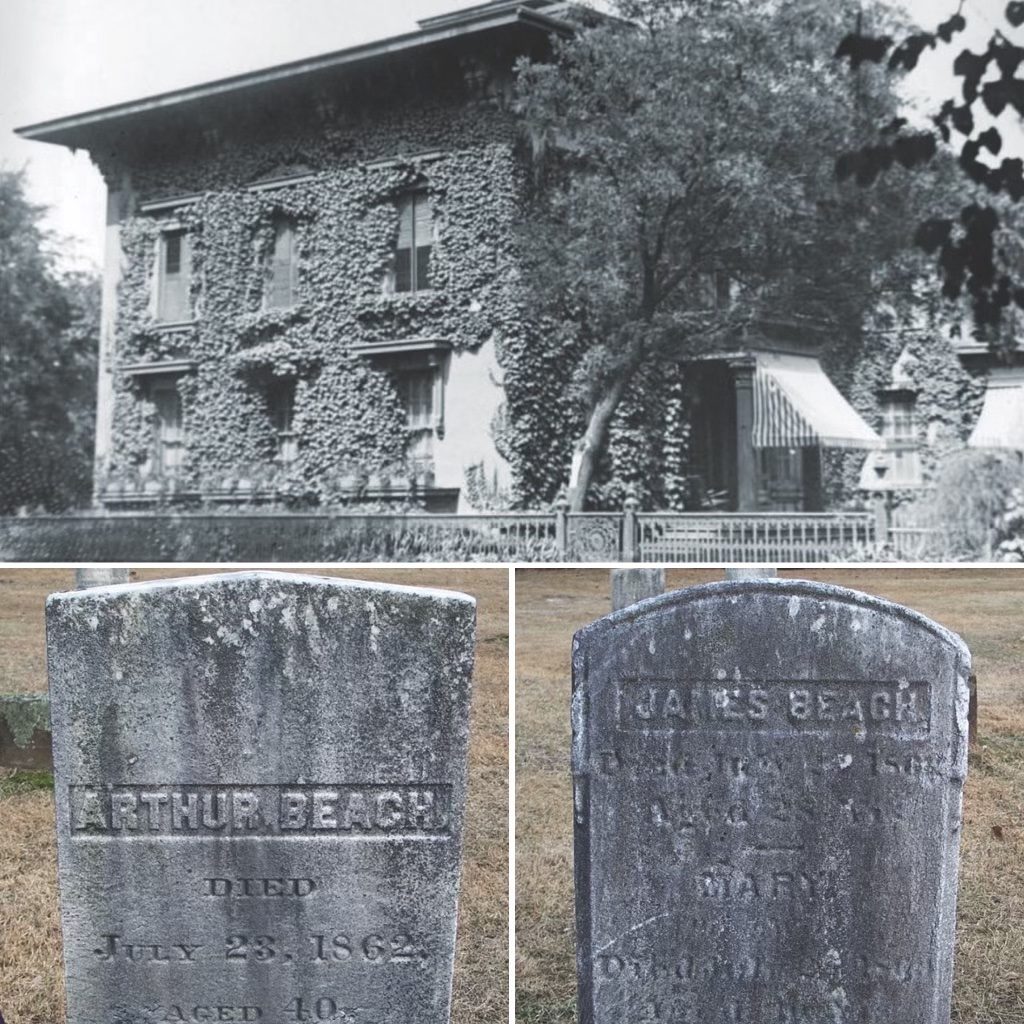
The company was owned by 60-year-old Augustus George Hazard, a politically well-connected businessman whose friendship with Confederate president Jefferson Davis raised eyebrows in the North. Colonel Hazard’s mills produced thousands of tons of gunpowder for the U.S. war effort—more than any other northern company except the duPont factories in Delaware. Confederate artillerists used Hazard’s gunpowder in the pummeling of Fort Sumter on April 12, 1861—the opening salvos of the war.
Born in Rhode Island in 1802, Hazard was the son of a sea captain. After his family moved to Connecticut, he worked on a farm in Columbia there until he was 15, learned the trade of house painting, and eventually settled in Savannah, Ga., where he became a dealer in paints and oils.
While in his adopted state, Hazard may have even joined the Georgia militia, earning the rank of colonel—a title that stuck with him the rest of his life. Extraordinarily successful, he became part-owner of a coastal shipping company that did a brisk business between New York and Savannah. The colonel was especially interested in one product: gunpowder.
By 1843, Hazard had assumed full ownership of a gunpowder company in Enfield, Conn., naming himself president and general manager. “Shrewd, energetic” and with deep interest in politics, the ardent Democrat became one of the state’s wealthiest men. Hazard and his wife, Salome, settled in Enfield, where he raised a family and built a mansion on Enfield Street, a few miles from his rapidly growing company.
By the outbreak of the war, the sprawling Hazard Powder Co. in Enfield covered over 400 acres and included massive infrastructure: rolling and granulating mills, woodworking, ironworking, and machine shops, packing houses, magazines, hydraulic presses, and more. In all, there were nearly 125 buildings—an operation that dwarfed Jackson’s in Philadelphia.
Power to operate the mills’ 25 water wheels and three stream engines came from the nearby Scantic River. Canals carried water to the complex, where Hazard also made gun cartridges and fireworks. Hazard’s employees voted to change the name of the industrial village to “Hazardville” in the colonel’s honor.
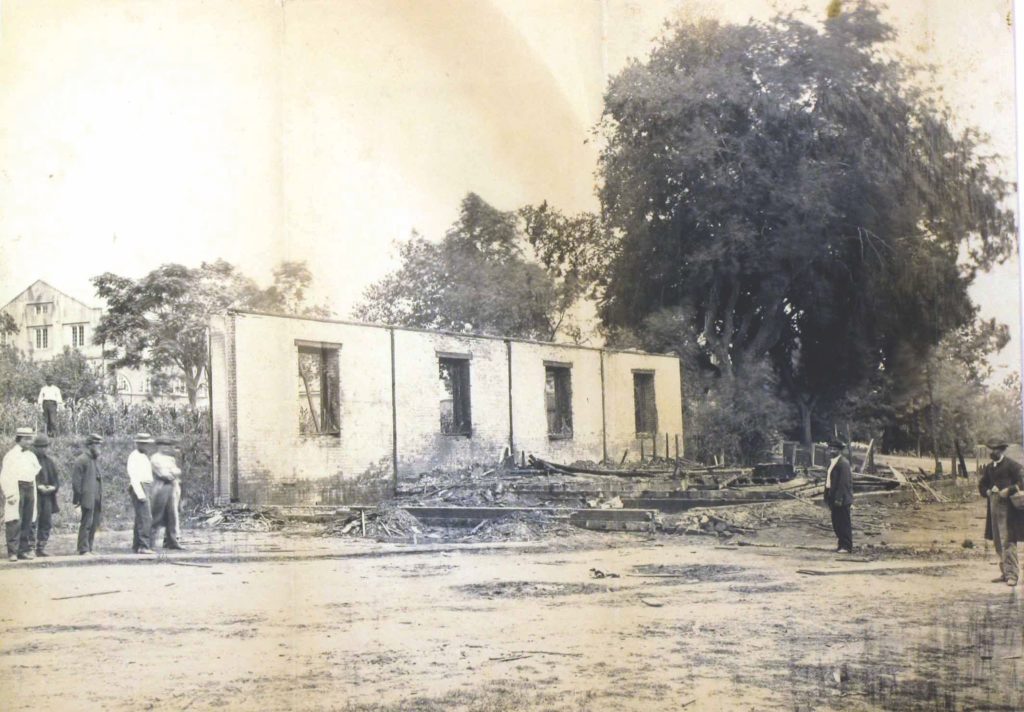
Work at Hazard’s company was difficult and often dangerous. In April 1855, Hazard’s eldest son, 23-year-old Horace, was mortally wounded by a gunpowder explosion at his father’s mill. Later that year, a wagonload of powder exploded, killing a teamster and his two horses, injuring a young girl, and damaging the roof of a powder mill. The next year, three horribly burned workers died following an explosion. In a blast in September 1858, the superintendent and three workmen were instantly killed.
The company mandated some safety rules. Fearful of sparks setting off gunpowder, Hazard banned iron and steel tools as well as pipes and matches for obvious reasons. Workers wore shoes made with wooden pegs instead of iron nails. Large, stone blast walls separated buildings.
Even Hazard, though, couldn’t plan for unexpected mischief by Mother Nature: In late April 1861, a lightning strike on kegs of powder produced an explosion heard as far away as Hartford. Remarkably, no one was injured.
Fifteen months later, however, the human toll of the accidental explosions was heart-rending. James Beach, who worked in the fireworks building, was washing in a brook after his shift when blasts rocked the grounds. Responders found the 28-year-old’s body in the water, partially covered by a large rock. Beach had started work at the company only days earlier.
The only remains found of the six men who worked in the 20- by 30-foot press room, where the disaster probably originated, was a detached foot discovered about a quarter-mile from the blast zone. Arthur Beach, James’ 40-year-old brother and the married father of seven children, worked there. So did luckless Patrick Fallon, who was on his first day on the job, and Henry Clark, a married father of five. Leno Monsean, another press room victim, had only recently been married.
The initial explosion triggered four more at surrounding buildings. To escape injury, panic-stricken workers in the cartridge-making building burst through doors and leaped through windows.
In 1864 the Washington Arsenal was the largest federal arsenal creating and storing ammunition for the Union Army. Because women often had slenderer fingers, they were better able to roll, fill with gunpowder, and pack cartridges into crates. Seated at their long benches, the women were not allowed to talk while at their tasks and their full, flowing dresses were made of flammable material. Hundreds of young women and girls were employed by the arsenal to create ammunition for the war effort. On June 17, 1864, fireworks left in the sun outside a cartridge room ignited, and a resulting spark caused thousands of cartridges to flare in a massive explosion. When the room at the Washington Arsenal set ablaze after the explosion, the women were mostly trapped. Twenty-one women and girls were killed. “One young lady ran out of the building with her dress all in flames, and was at once seized by a gentleman, who, in order to save her, plunged her into the river. He, however, burned his hands and arms badly in the effort. Three others, also in flames, started to run up the hill and the upper part of their clothing was torn off by two gentlemen nearby, who thus, probably saved the girls from a horrid death, but in the effort, they too were badly injured,” The Washington Evening Star reported a day later. “The scene was horrible beyond description. Under the metal roof of the building were seething bodies and limbs, mangled scorched and charred beyond the possibility of identification,” another local newspaper reported. President Abraham Lincoln and Secretary of War Edwin Stanton attended funeral services three days later, and Stanton told army authorities, “You will not spare any means or expense to express the respect and sympathy of the government for the deceased and their surviving friends.” A tall marble monument in honor of the girls was carved by Irish American sculptor Lot Flannery and stands today in the Congressional Cemetery near Capitol Hill. It is simply titled “Grief.” The names of all 21 of the victims are inscribed on the base. —Melissa A. Winn
The catastrophe could have been worse. A building packed with coarse, unground gunpowder was damaged, but it didn’t explode. Enough gunpowder was in another building “to have destroyed the whole village” if it had exploded, the Courant reported.
“One young lady ran out of the building with her dress all in flames, and was at once seized by a gentleman, who, in order to save her, plunged her into the river. He, however, burned his hands and arms badly in the effort. Three others, also in flames, started to run up the hill and the upper part of their clothing was torn off by two gentlemen nearby, who thus, probably saved the girls from a horrid death, but in the effort, they too were badly injured,” The Washington Evening Star reported a day later.
“The scene was horrible beyond description. Under the metal roof of the building were seething bodies and limbs, mangled scorched and charred beyond the possibility of identification,” another local newspaper reported.
En route home via train from New York, Hazard received word of the disaster at a stop in Berlin, Conn. His financial losses were estimated at $15,000—$12,000 for the roughly 10 tons of gunpowder that exploded, $3,000 for five wooden buildings destroyed. But that was merely a dent in Hazard’s booming business.
“The loss will not interfere with the operations of the company,” the Courant reported, “as there are 75 mills left.” Hazard, who began re-building almost immediately, continued to fill U.S. Army orders. By January 1864, his company was producing 12,500 pounds of gunpowder daily.
At 3:30 p.m. on November 5, 1862, sisters Lucy and Nancy Gray were toiling in the small munitions factory on College Green, on the northern outskirts of Jackson, Miss. Roughly 40 people, mostly women and girls, worked in the two-story brick building that formerly housed a school for boys. Workers made artillery shells on the first floor, cartridges for small arms on the second.
Kaboom!
A blast of unknown origin at the arsenal rocked the buildings of Jackson—the state capital and a center for manufacturing, munitions production, and military hospitals.
Hundreds ran to the blast site. Firefighters quickly arrived, but they didn’t have access to water. They discovered a gruesome tableau of mangled bodies and charred flesh. Dangling from a tree was the body of a girl, her clothes still aflame. The explosion tossed workers like rag dolls, 50 to 150 yards from the factory.
“The sight was horrible,” reported the Memphis Commercial. “But there was another scene still more horrible, if that was possible, than the work of death—it was the sight of screaming women and maddened men calling aloud for their children! The loved one that had left them at the noon meal, rejoicing in their youth and in the attractions of beauty, like a holocaust of maidens, offered in impious sacrifice to the Moloch of war.”
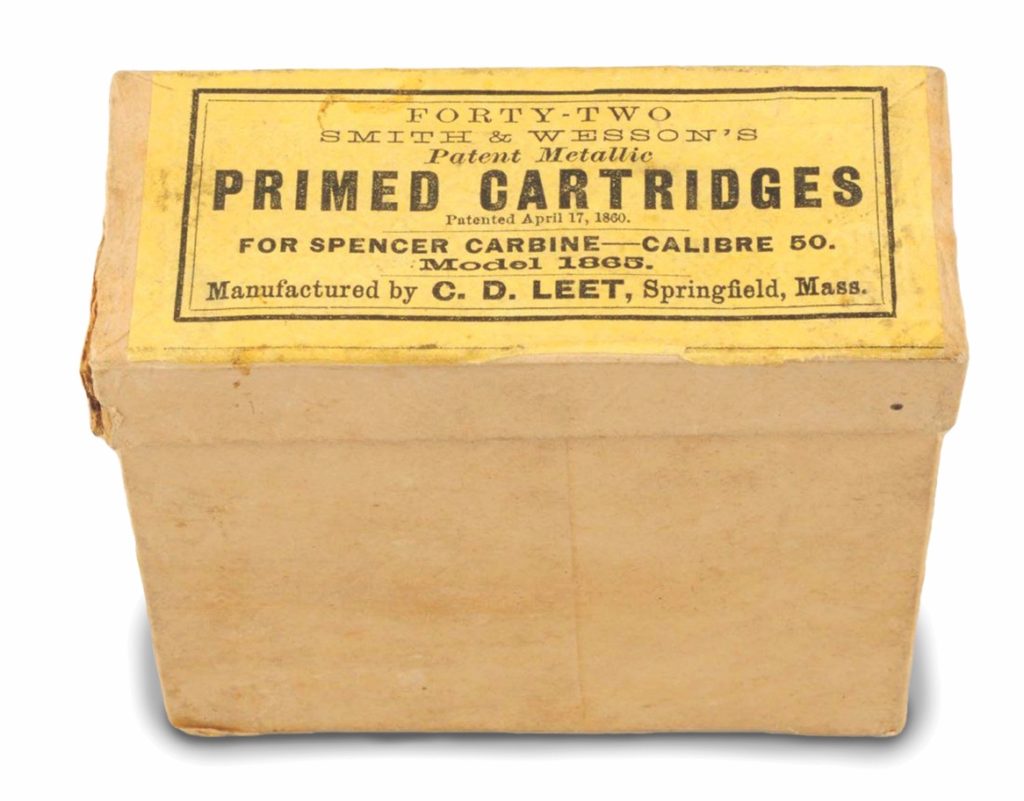
None of the four Confederate officers in charge of the operation were in the building when the explosion occurred. One was “providentially absent,” sick in his room.
No employee survived the disaster—the Confederacy’s second-worst munitions factory catastrophe. For the Grays’ widowed mother, the tragedy was searing. Less than three months later, her son would die in a gruesome train accident.
“The unparalleled fact of the greater portion of the victims being helpless women is dreadful indeed,” a Mississippi newspaper wrote.
Perhaps a higher power spared a young man who made cartridges. He repeatedly complained about safety procedures but was ignored by a foreman. The morning of the disaster, he noticed gunpowder scattered about—a dangerous sign. Powder grains would stick to a pan and “flash”—suddenly burst into flame—when placed over a wick to melt wax to seal cartridges.
Less than five hours before the catastrophe, he nearly leaped through a window after a flash. But his supervisor again ignored his complaints. Incensed, the young man quit on the spot—and thus became the last employee to leave the building uninjured.
As soon as he heard the blast, Charles M. Atwood knew—oh, my, he knew. “There goes Leet’s cartridge factory,” the young man said to himself. Then he sprinted from his boarding house toward his former place of employment blocks away, in the heart of Springfield.
At 2:30 p.m. on March 16, 1864, a series of explosions at the C.D. Leet & Co. cartridge factory on Market Street reverberated in town. Leet’s employed 24 women and girls and 24 men at the factory, which made metallic cartridges for Joslyn and Spencer carbines and other weapons.
Small explosions and accidents were common at the three-story factory leased by 40-year-old Charles Dwight Leet. A week or two earlier, Atwood—as others also had recently—quit his job there because he dreaded the potential for something much worse. Perhaps he was pushed over the edge by an accident at Leet’s factory the previous month, when roughly a half-pound of gunpowder blew up—frightening more than a dozen female employees, burning five of them, and filling a room with smoke.
But that accident paled when compared with this disaster. The final death toll was nine—four in the explosions and subsequent fire, five afterward. About a dozen suffered injuries.
Atwood and 10th Massachusetts Lieutenant Lemuel Oscar Eaton and Private John Nye—who just happened to be in the neighborhood—dashed into the burning factory to aid victims. To avoid an even greater disaster, Atwood helped remove kegs of gunpowder. As Eaton tossed cases out of harm’s way, another explosion rocked the building, briefly knocking the officer senseless. He was due to return to his regiment the next day.
After removing four cases, Atwood and Eaton were moving another when it exploded. Somehow both escaped without serious injuries. (Two months later, Eaton was badly wounded in the leg at the Battle of Spotsylvania Courthouse.) Nye recovered from burns to return to his regiment.
Upon their arrival shortly after the first blast, Springfield firemen discovered a grim scene: flames leaping from shattered windows, huge columns of smoke, wailing victims, scores of gawkers, and friends and family searching for loved ones employed at the factory.
Fourteen screaming girls leaped from the third floor onto the roof of the shop next to the factory. They “were removed by ladders,” the Springfield Republican reported, “after the most frantic threats” to keep them from jumping to the ground.
“The appearance of those who were worst injured was shocking beyond description,” the Republican reported. “Every garment of their clothing was blown or burnt off, and some of them were literally a blistered and blackened mass from head to foot. So badly were they burnt that it is surprising that they were not instantly killed.”
Calista Evans, a widow from New York, was burned over her entire body and died the next day at her sister’s house in Springfield. She was on her second day on the job. Laura Bishop, who only recently had returned to work after an accident at the factory, also died.
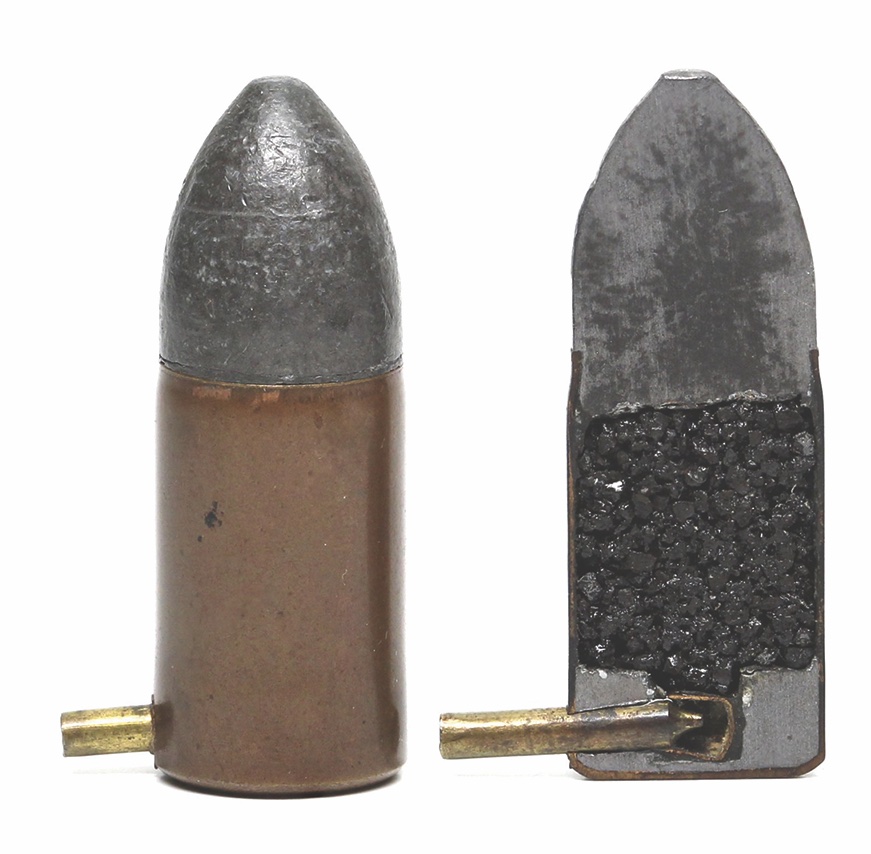
John Herbert Simpson, a 27th Massachusetts veteran, was standing near the loading room when the first explosion rocked the building. “Shockingly burnt,” the 19-year-old died the next morning. His 15-year-old sister, Anna, also suffered injuries.
Willard Hall and Horace Richardson, Leet’s business partners, also died the day after the explosions. Hall, who supervised 20 men and women, suffered severe burns on his head and chest; Richardson fell through a set of stairs and into the cellar after the final explosion. He was attempting to save girls on the second floor.
Intense heat and fire caused the discharge of bullets from completed cartridges. Two put holes in the hat of contractor Jesse Button, who aided victims inside the factory and escaped with minor injuries. Another narrowly missed the head of a woman at her workplace on Main Street. Yet another zipped into a nearby dental office but caused no injuries.
Underscoring the horror, depraved onlookers picked up ghastly souvenirs: pieces of burnt flesh and fingers of victims. The following day, a crowd gathered to examine the disaster area. Some of the ghouls among them snatched “any piece of a partially burned dress, or other scrap the Republican reported, “as a memento of the terrible scene.”
A coroner’s jury of inquest determined the chain-reaction catastrophe began in the second-floor loading room. A flame from an exploding cartridge apparently caused another blast fueled by fulminate and gunpowder. A massive explosion momentarily lifted the third floor. In the chaos, panic-stricken employees descended the stairs, their burning clothes igniting cases of gunpowder.
Authorities reprimanded Leet, who was not in the factory when disaster struck, for woeful safety procedures. “Hazardous,” “highly censurable,” “highly reprehensible,” the coroner’s investigation called his operation.
In a subsequent U.S. government investigation, an inspector called Leet’s copper cartridges, and the compounds used inside them, “exceedingly dangerous for magazines and transportation.” But Leet, who wasn’t charged with a crime, re-opened his factory weeks later.
And so the war—and cartridge-making—dragged on.

